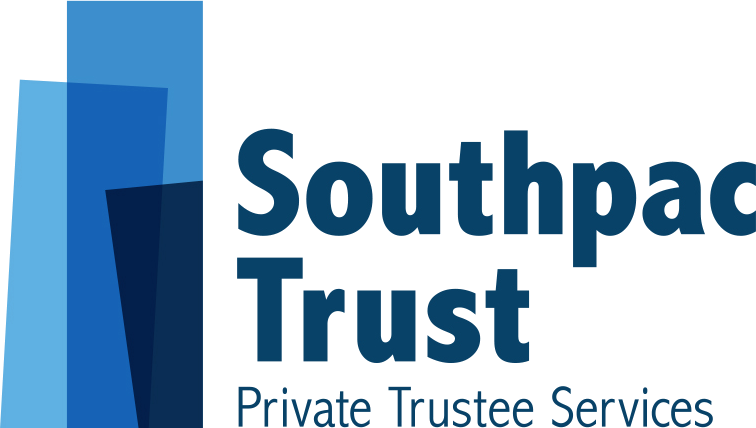 A recent Cook Islands High Court decision has underscored the importance of following the correct procedures to transfer assets to a Cook Islands international trust and to an underlying company owned by a trust.
A recent Cook Islands High Court decision has underscored the importance of following the correct procedures to transfer assets to a Cook Islands international trust and to an underlying company owned by a trust.
In the case in question (which has not been formally reported) a trust settlor made a cash transfer to an offshore bank account owned by a US LLC which was in turn owned by a Cook Islands international trust. The settlor did not notify the trustee of the transfer or seek their consent to it.
The funds in the LLC were subsequently frozen and civil proceedings were issued in the Cook Islands by a liquidator of the creditor in an attempt to access them. The trustee of the trust was a party to the proceedings but, the plaintiff argued, could not defend them as the disputed funds were owned only by the LLC, not by the trust. Accordingly, the plaintiff argued, the funds were not protected by the Cook Islands International Trusts Act (ITA) as the trustee had never accepted them into trust. The Court found in favour with the plaintiff, which was able to successfully access the funds.
When assets are transferred to a trust, the assets are in effect being gifted or given away. There is a change of ownership, thus it is important to clearly document the disposition of the assets. This documentation will help to ensure that the trust is properly administered and that the assets are protected under the ITA.
It is just as vital if not more so to ensure that when an asset is transferred directly to a company owned by a trust, the transaction is documented in a way that clearly shows that the asset has been accepted into the trust fund by the trustee before being transferred to the company. This documentation will help to ensure that the asset is properly regarded as comprising part of the trust fund and can benefit from the protections of the ITA.
Documentation used to record and confirm transfer of trust assets often include a combination of the following:
- Deeds of Gift
- Assignment of Membership/Rights Documentation
- Share Transfer
- Real Estate Transfer Deed
- Trustee Minutes/Resolutions
- Documentation identifying the trust as a beneficiary (e.g. for an insurance policy)
- Bank account documentation in the name of the trust
- Pour over will
All property added to a trust, or to a company owned by a trust, must be accepted by the trustee in order to form part of the trust fund and be protected. Assets must be transferred and recorded properly to ensure the transfer is legally effective.
In a co-trustee arrangement where more than one trustee is appointed, the managing trustee must ensure that all transfers are documented as stated previously and copies of this documentation sent to the custodian/foreign trustee to record and confirm as trust assets. Assets that are not recorded by the custodian trustee as having been transferred into the trust structure may be deemed non compliant and may not enjoy the protective benefits of the trust.
In addition to the documentation, it is also important to keep track of the assets in the trust. This can be done by creating a trust asset register. The trust asset register should list all of the assets in the trust, their value, and the date they were added to the trust.
The trust asset register should be updated whenever an asset is added to or removed from the trust. This will help to ensure that the trustee always has an accurate record of the assets in the trust. Where co-trustee arrangements are in place, it is imperative that a copy of the most current trust asset register is held on file by the custodian/foreign trustee.
Private Trust Companies should ensure that a copy of the asset register is maintained by the registered office of the trust to help ensure that all Cook Islands compliance obligations are met as well as to ensure that the assets are fully protected.
When you are ready to add property to a trust or underlying company, it is essential that all necessary procedures are followed to ensure those assets will be fully protected. Please contact us or liaise with your regular point of contact at Southpac who can walk you through the process and let you know what is required and what the likely fees will be.



